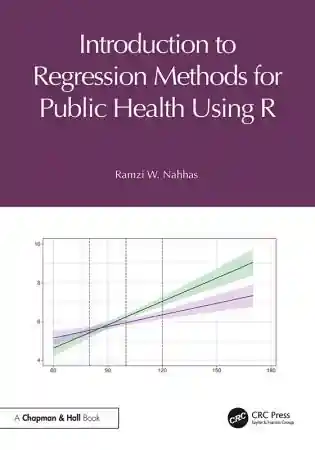
Clinical Chemistry: Principles, Techniques, Correlations, 8th Edition
- Length: 784 pages
- Edition: 8
- Language: English
- Publisher: LWW
- Publication Date: 2017-02-04
- ISBN-10: 1496335589
- ISBN-13: 9781496335586
- Sales Rank: #17542 (See Top 100 Books)
Publisher’s Note: Products purchased from 3rd Party sellers are not guaranteed by the Publisher for quality, authenticity, or access to any online entitlements included with the product.
The most student-friendly clinical chemistry text available today, this fully updated 8th Edition keeps students at the forefront of what continues to be one of the most rapidly advancing areas of laboratory medicine.
With clear explanations that balance analytic principles, techniques, and correlation of results with coverage of disease states, the book not only demonstrates the how of clinical testing, but also the what, why, and when of testing correlations to help students develop the knowledge and interpretive and analytic skills they’ll need in their future careers.
Comprehensive and easy to understand, the 8th Edition now features an entirely new chapter, new and updated learning aids, and an unparalleled suite of teaching and learning resources.
- New Case Studies, which include scenarios, lab results, and questions, stimulate critical thinking and encourage students to apply content to clinical practice.
- Rewritten presentations condense large and difficult concepts into easier-to-understand presentations.
- Enhanced photos and illustrations clarify key concepts.
- Coverage of the latest equipment and technologies used in today’s modern lab prepares students for real-world practice.
- The basic principles of analytic procedures discussed reflect the most recent or commonly performed techniques in the clinical chemistry laboratory, while material on non-essential topics such as Phlebotomy and Specimen Collection has been moved online on thePoint.
- Insightful coverage of the impact of problem solving, quality assurance, and cost effectiveness on the laboratory professional prepares students for clinical practice.
- Updated in-text learning aids include chapter outlines and chapter objectives, tables that condense and augment theory coverage, and end-of-chapter questions that give students an opportunity to assess their level of mastery.
Table of Contents
PART one Basic Principles and Practice of Clinical Chemistry
Chapter 1 Basic Principles And Practices
Chapter 2 Laboratory Safety And Regulations
Chapter 3 Method Evaluation And Quality Control
Chapter 4 Lean Six Sigma Methodology Basics And Quality Improvement In The Clinical Chemistry Laboratory
Chapter 5 Analytic Techniques
Chapter 6 Chromatography And Mass Spectrometry
Chapter 7 Principles Of Clinical Chemistry Automation
Chapter 8 Immunochemical Techniques
Chapter 9 Molecular Theory And Techniques
Chapter 10 Point-Of-Care Testing
PART two Clinical Correlations and Analytic Procedures
Chapter 11 Amino Acids And Proteins
Chapter 12 Nonprotein Nitrogen Compounds
Chapter 13 Enzymes
Chapter 14 Carbohydrates
Chapter 15 Lipids And Lipoproteins
Chapter 16 Electrolytes
Chapter 17 Blood Gases, Ph, And Buffer Systems
Chapter 18 Trace And Toxic Elements
Chapter 19 Porphyrins And Hemoglobin
PART three Assessment of Organ System Functions
Chapter 20 Hypothalamic And Pituitary Function
Chapter 21 Adrenal Function
Chapter 22 Gonadal Function
Chapter 23 The Thyroid Gland
Chapter 24 Calcium Homeostasis And Hormonal Regulation
Chapter 25 Liver Function
Chapter 26 Laboratory Markers Of Cardiac Damage And Function
Chapter 27 Renal Function
Chapter 28 Pancreatic Function And Gastrointestinal Function
Chapter 29 Body Fluid Analysis
PART four Specialty Areas of Clinical Chemistry
Chapter 31 Toxicology
Chapter 32 Circulating Tumor Markers: Basic Concepts And Clinical Applications
Chapter 33 Nutrition Assessment
Chapter 34 Clinical Chemistry And The Geriatric Patient
Chapter 35 Clinical Chemistry And The Pediatric Patient







